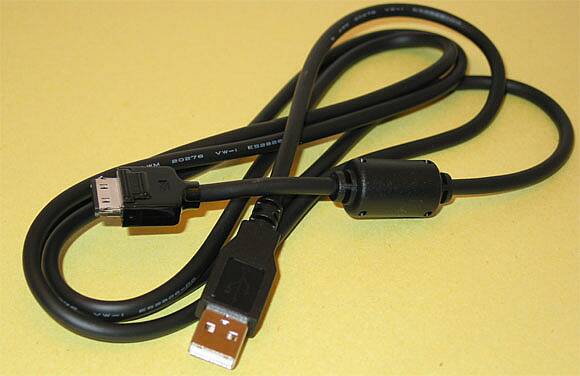Bridging The Flash Format Gap With Multi-Format Readers/ Writers
The Evolution Of Multi-Format Readers/ Writers - Why?
Before we even evolved to the flash card reader/ writer units, most devices (such as a digital camera) connected directly to the PC via a serial or USB cable. This worked well when the size of the files was small, but with the advent of more robust devices and larger flash cards, file sizes have increased exponentially. Although some still continue to connect their devices directly to the PC via a serial or USB connection, the convenience of ejecting the flash card and plugging it into a flash card reader/ writer that is separate from the device is becoming more common, and perhaps even preferable.
While this is a viable solution, it can be more convenient to simply eject the flash card and plug it into the reader/ writer, instead of having to search for the cable to connect the camera.
Flash card manufacturers have capitalized upon the quantity of flash card formats, without a doubt. Many of these manufacturers have been producing new products that can handle a variety of flash card formats. Initially, these designs handled one, or maybe two formats, but they have since evolved to handle nearly all of the current available formats. As we have suggested above, if you have a variety of devices that use a variety of formats, Multiple-Format devices can offer a better solution.
The design of these units has evolved, as well. At first, the units were external desktop units that sat on a desk and connected to the computer via the USB interface. As file sizes and card sizes have increased and computer connections have evolved, devices that offer higher-speed connections, such as 1394 FireWire and USB 2.0, have begun to appear. While the number of devices that use either the 1394 FireWire or USB 2.0 interface is still rather small, we expect that number to increase substantially over time.
New ideas in the design of these units include "sleeve" technology, as featured in the Imation FlashGO!, and the internal bay mount design, as featured in the Atech Flash Pro II and Pro III devices. Atech Flash also has designed another unique approach with its new, optical USB mouse that features a reader/ writer built directly into the body of the mouse.
While these innovations continue, we can expect to see more of these devices becoming standard with computer systems as the use of flash memory continues to grow. Evidence of this is the variety of new notebooks/ laptops that include support for a flash card reader/ writer built directly into the unit. Perhaps the best example of this is Sony's new Vaio that supports Memory Stick. Other vendors beyond Sony have now jumped on this bandwagon, as well, and we have even seen the Atech Flash Pro II bundled with computer systems.
While new form factors and faster interfaces will continue to be introduced, these are some of the major changes that you can expect to see in these devices looking ahead.
Get Tom's Hardware's best news and in-depth reviews, straight to your inbox.
Current page: The Evolution Of Multi-Format Readers/ Writers - Why?
Prev Page How Many Flash Card Formats Are There? Next Page Does Performance Of These Devices Really Matter?